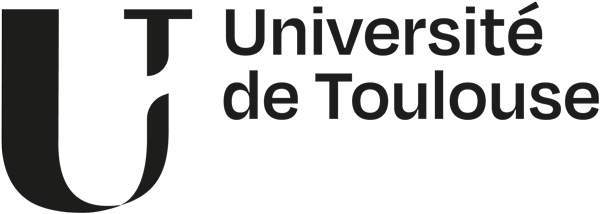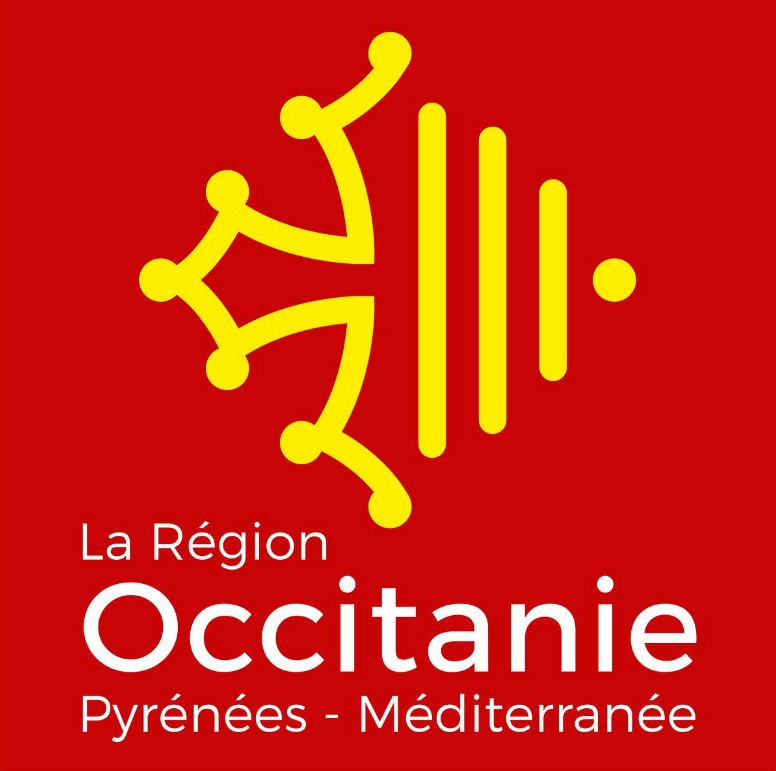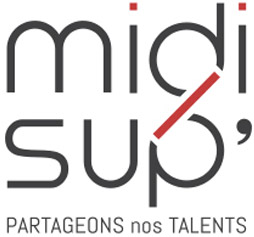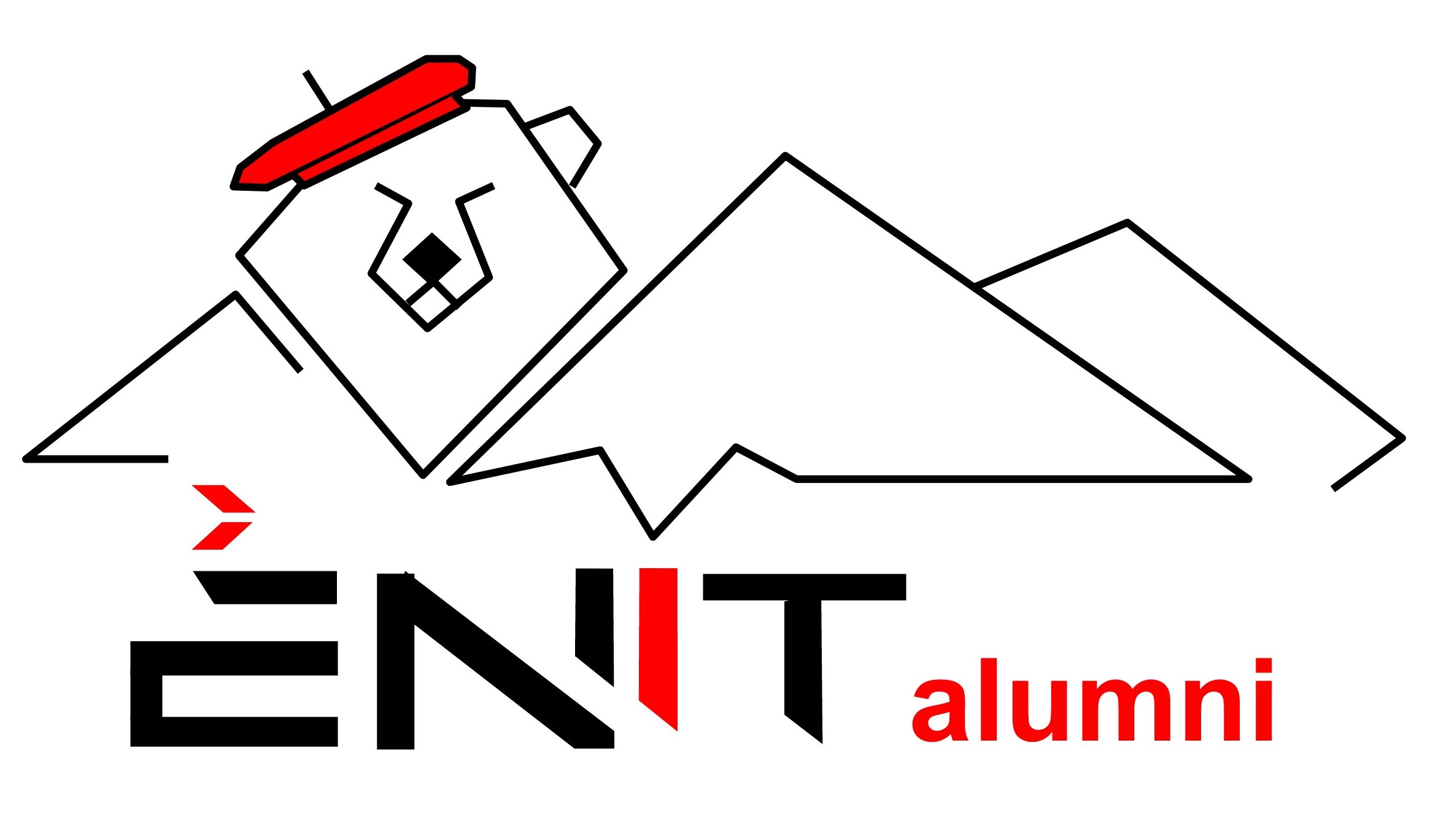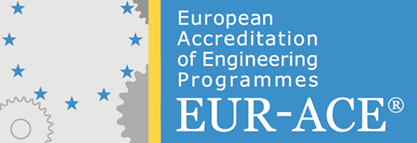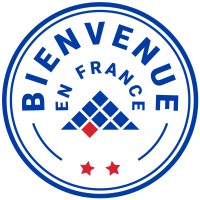EC0706OP0702BTP - METHODES DE CONSTRUCTION - DAO
Objectifs
Ce module a pour but de présenter les méthodes de construction utilisées dans le secteur du Bâtiment et des Travaux Publics, à travers des exemples concrets. Dans un second temps, une formation au logiciel AutoCAD doit permettre à chaque étudiant de valider le niveau « initiation » avec notamment une formation appliquée au BTP.
The aim of this module is to present the construction methods used in the Building and Public Works sector. In a second step, training in AutoCAD software should enable each student to validate the "initiation" level in Computer Aided Design (CAD) with specific training applications on construction projects.
Présentation
I. Méthodes de construction dans le Bâtiment
Bâtiments en béton armé et en maçonnerie (poteau-poutre, voiles, structure maçonnée, etc.) Phasage détaillé pour la réalisation d'un projet de construction (fondations, éléments horizontaux et verticaux, toiture et couverture)
Réglementation en vigueur (Eurocodes, DTU, CCTG, etc.)
Exemples concrets : logements, bâtiments industriels, bâtiments publics, etc.
II. Méthodes de construction dans les Travaux Publics
Ouvrages d'art (ponts et viaducs)
Ouvrages au sol (mur de soutènement, palplanches, parois moulées, etc.
Ouvrages hydrauliques (station d'épuration, château d'eau, etc.)
Phasage détaillé pour la réalisation d'un projet de construction
Réglementation en vigueur (Eurocodes, DTU, CCTG, etc.)
III. Initiation au logiciel AutoCAD
Logique du logiciel Présentation de l'interface
Emplois des différents menus
Fonctionnalités de base
Spécification d'un point, notion de poignée
Présentation des fonctions d'état
Applications : bielle, pyranha, homme-blocs.
IV. Application du logiciel AutoCAD aux projets de BTP
Complément à la présentation du logiciel concernant les éléments spécifiques particulièrement employés en BTP : Calques et blocs, notion d'attribut ; blocs dynamiques (menuiseries, portes, etc.) ; mise en page/impression.
Création d'un plan suite à un relevé de bâtiment, calcul de surfaces, édition de tableaux récapitulatifs
Gestion/modification d'un plan existant et problèmes associés (compréhension de la conception du plan, nombreux calques, échelle, etc.)
Methods of construction in the building industry
Reinforced concrete and masonry buildings (posts and beams, sails, masonry structure, etc.)
Detailed phasing for a construction project (foundations, horizontal and vertical elements, roofing)
Regulation (Eurocodes, DTU, CCTG, etc.)
Specific examples: housing, industrial buildings, public buildings, etc.
II. Construction Methods in Public Works
Structures (bridges and viaducts)
Structures on the ground (retaining wall, sheet piles, molded walls, etc.)
Hydraulic works (water treatment plant, water tower, etc.)
Detailed phasing for a construction project
Regulation (Eurocodes, DTU, CCTG, etc.)
III. Introduction to AutoCAD software
Software logical sequence
Interface overview
Use of different menus
Basic features
Specifying a point, concept of handle
Overview of status Functions
Applications: connecting rod, pyranha, man-blocks.
IV. Applying AutoCAD software to construction projects
Complement to the presentation of the software concerning the specific elements particularly used in BTP: layers and blocks, attribute, dynamic blocks (joinery, doors, etc.), layout / printing.
Creation of a plan following a building survey, calculation of surfaces, edition of summary tables
Management and modification of an existing plan and associated problems (understanding plan design, many layers, scale, etc.)
Pré-requis obligatoires
Ingénierie du BTP (30h)
Examens
(1*PJ1+1*PJ2)/2
PJ1 : Projet 1
PJ2 : Projet 2
Syllabus
- Précis Bâtiment. Conception, Mise en œuvre, Normalisation. Didier Denis, Joël Thiesset, Michel Le Brazidec, Patrick Nataf, AFNOR, Editions Nathan, 2012
- Maître d'œuvre bâtiment. Guide pratique, technique et juridique. Léonard Hamburger, Editions Eyrolles, 2013
En bref
Langue d'enseignementFrançais
Contact(s)
Composante
ENI TARBES


